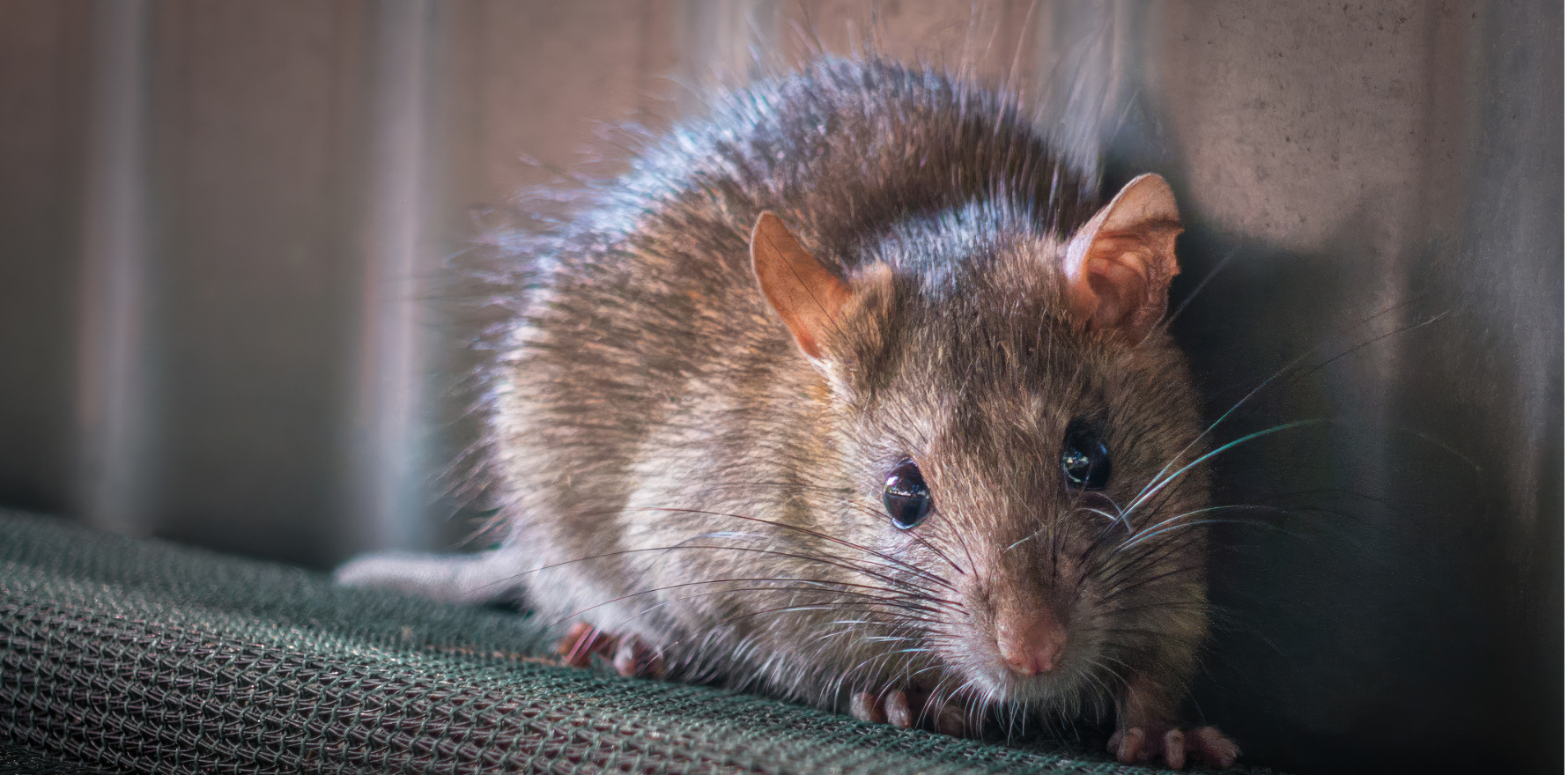Researchers have identified a rainfall-driven surge in the disease in eastern Australia threatening dogs and humans alike.
University of Sydney researchers have sounded the alarm on a rising trend of rat lungworm disease across eastern Australia.
Their findings, published in published in The Journal of Infectious Diseases have significant implications for both human and animal health.
Rat lungworm disease is caused by the parasite Angiostrongylus cantonensis, which is naturally found in rats. However, humans and dogs are considered accidental hosts, and infection can lead to devastating neurological consequences.
Canine cases of the disease, which causes severe neurological illness, have significantly increased in regions such as Sydney and Brisbane, and the disease has also caused multiple human infections, including two confirmed fatalities.
One of these was the highly publicised case of Sydney teenager Sam Ballard, who contracted the disease after he ate a slug in a dare in 2010.
In the days after, he experienced severe leg pain and ended up in a coma for 420 days. When he recovered from the coma, he had acquired a serious brain injury. He died in 2018 at the age of 27.
There have been at least half a dozen recorded cases in humans since the 1970s in Australia, including at least one other fatal incident.
Lead researcher Professor Jan Šlapeta from the Sydney School of Veterinary Science said the team identified 93 confirmed canine cases between 2017 and 2022, peaking at 32 in 2022.
“This spike closely followed periods of high rainfall, particularly during La Niña years,” he noted.
“Rainfall promotes the proliferation of slugs and snails, which are intermediary hosts of the parasite.”
The rat lungworm parasite lives in rats but requires slugs or snails to complete its lifecycle. Dogs and humans become accidental hosts when they ingest infected molluscs or contaminated vegetation.
Once inside the host, the larvae migrate to the central nervous system, where they die and trigger an aggressive immune response that leads to inflammation, neurological dysfunction, and in severe cases, death.
Rat lungworm disease has spread from its origins in Southeast Asia to regions including Australia, North America and Europe.
Professor Šlapeta and his team analysed five years of data to develop a model that identifies high risk periods for transmission of the disease between two and 10 months after heavy rainfall.
The results shed light on the intricate relationship between climatic and weather conditions, such as rainfall and temperature fluctuations, and the threat of emergence of the disease in humans and domestic dogs.
The research emphasised the importance of identifying high-risk periods for transmission, allowing for targeted public health interventions to mitigate the spread of the disease.
The study found that climatic patterns influenced the seasonal occurrence of rat lungworm disease, increasing the likelihood of transmission to dogs and potentially to humans.
Professor Šlapeta said the research underscored the importance of the One Health approach, integrating veterinary and human medical insights within the context of environmental change.
PhD candidate and lead author Phoebe Rivory said by monitoring cases in dogs, researchers could potentially identify emerging risks to human populations.
“It helps us better understand how ecological shifts – especially climate variability – drive zoonotic transmission,” she said.
Professor Šlapeta said that as climate patterns continued to change, so too would the distribution and intensity of parasitic diseases like rat lungworm disease.
“This research is a critical step in preparing for those changes and protecting both animal and human health,” he said.


